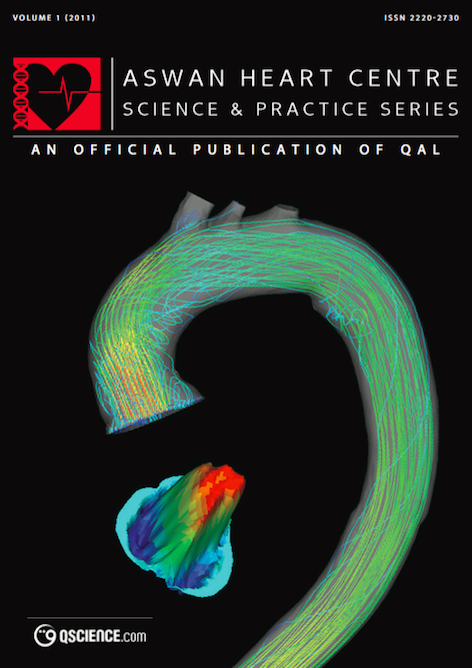Prosthesis-patient mismatch
Abstract
Prosthesis-patient mismatch (PPM) is present when the effective orifice area of the inserted prosthetic valve is too small in relation to body size. Its main hemodynamic consequence is to generate higher than expected gradients through normally functioning prosthetic valves. The purpose of this review is to present an update on the present state of knowledge with regards to diagnosis, prognosis and prevention of PPM. PPM is a frequent occurrence (20%–70% of aortic valve replacements) that has been shown to be associated with worse hemodynamics, less regression of left ventricular hypertrophy, more cardiac events, and lower survival. Moreover, as opposed to most other risk factors, PPM can largely be prevented by using a prospective strategy at the time of operation.
Downloads
Published
Issue
Section
License
This is an open access article distributed under the terms of the Creative Commons Attribution license CC BY 4.0, which permits unrestricted use, distribution and reproduction in any medium, provided the original work is properly cited.


